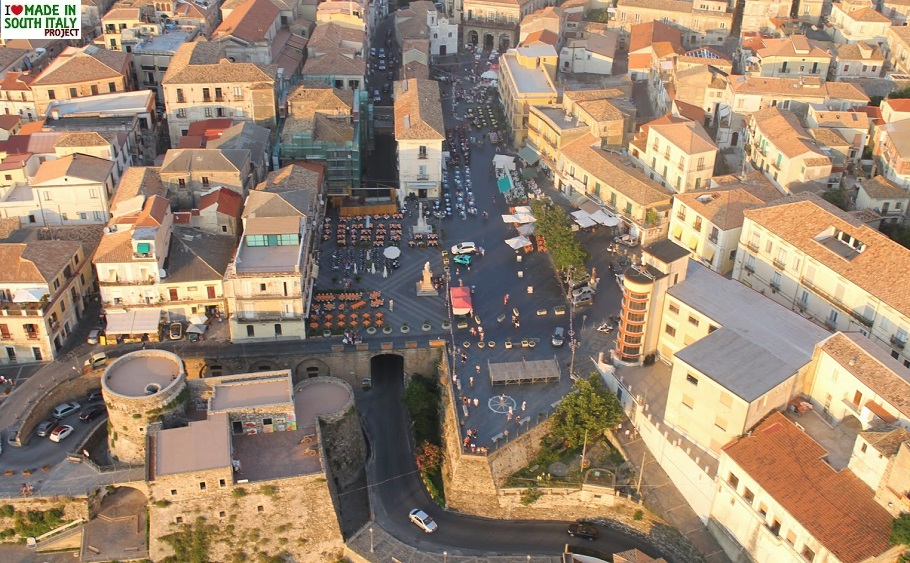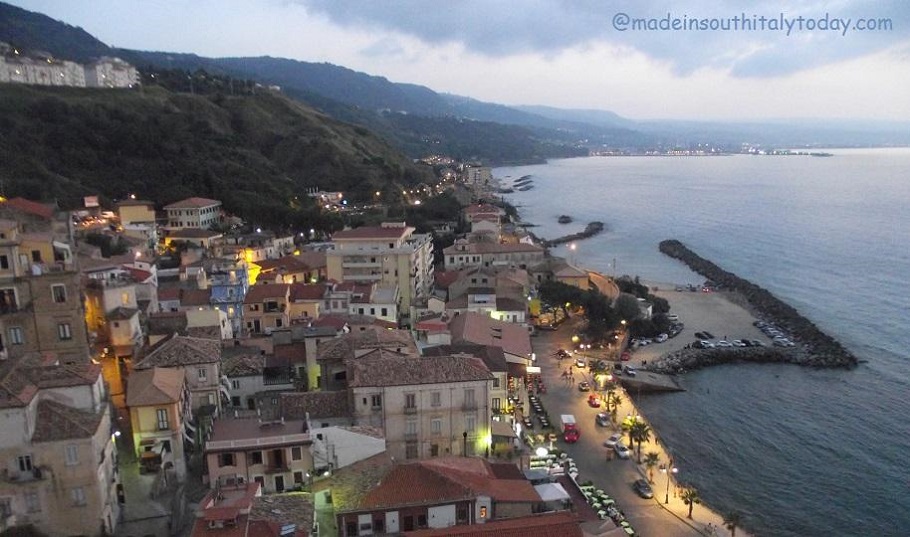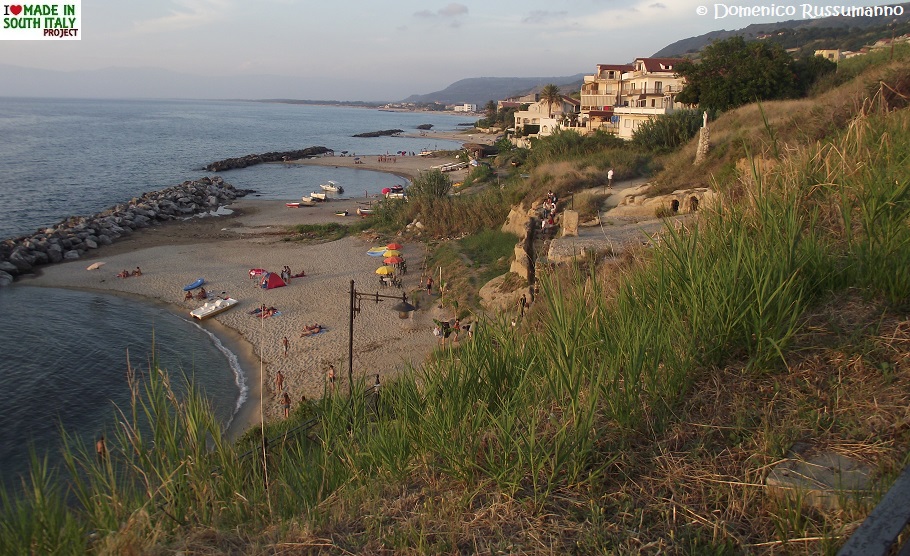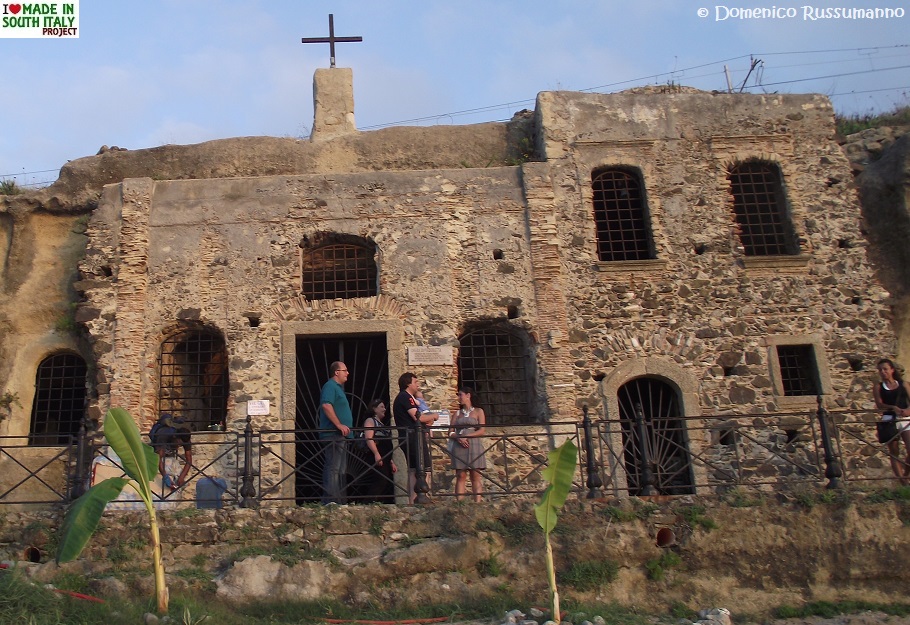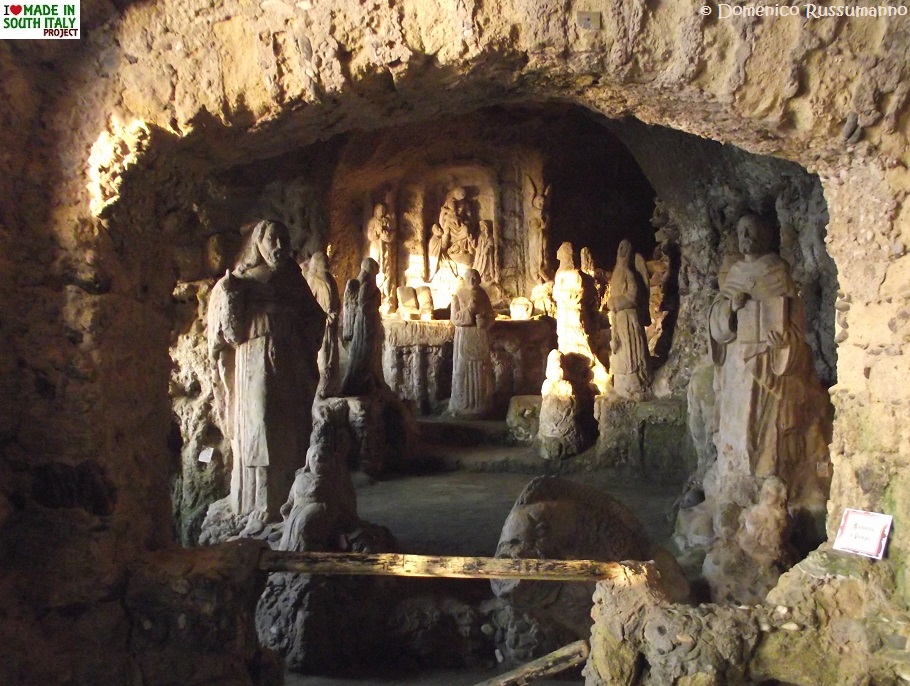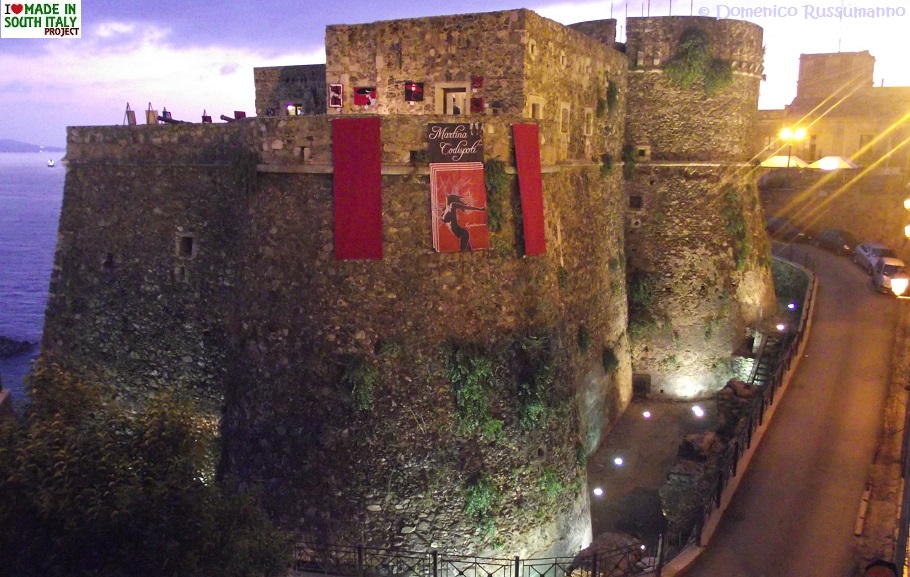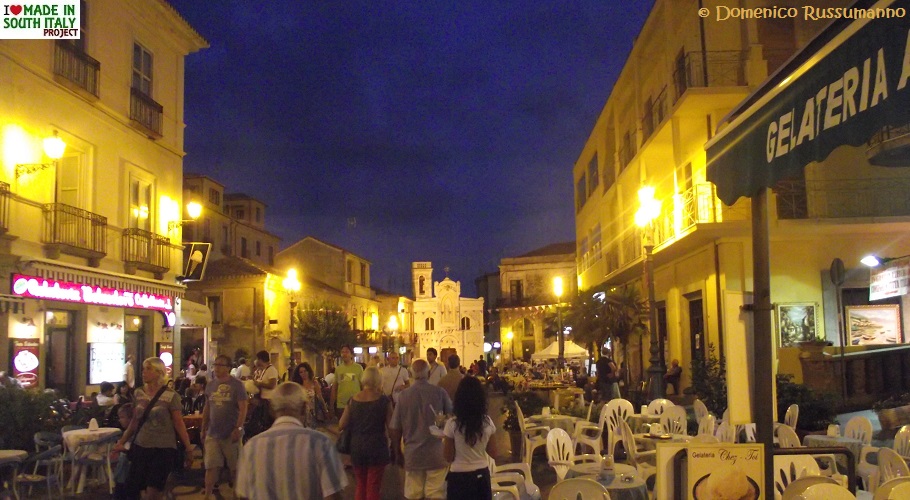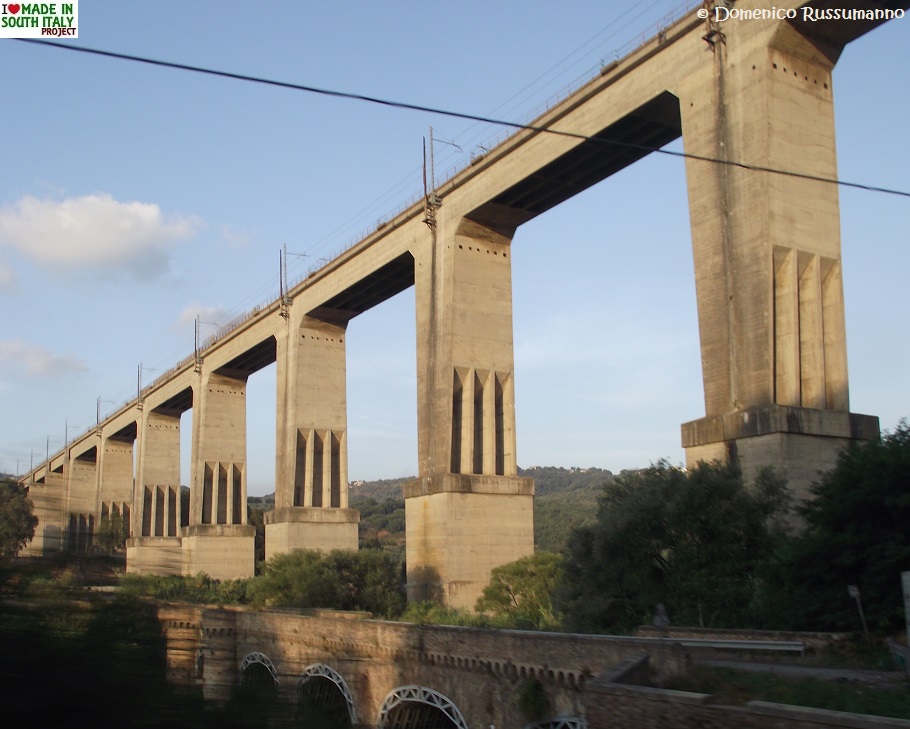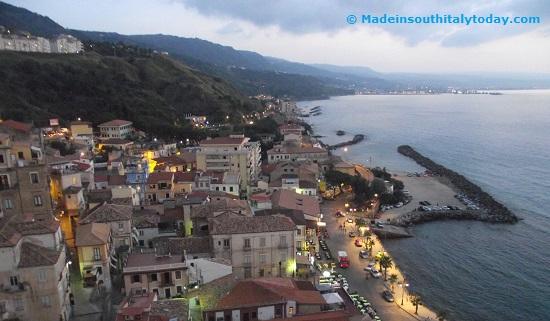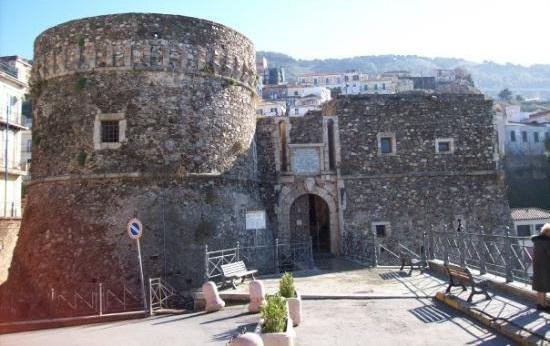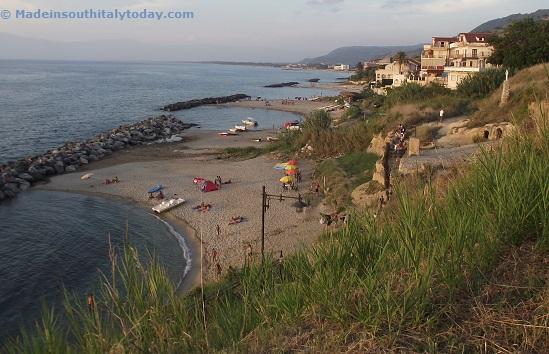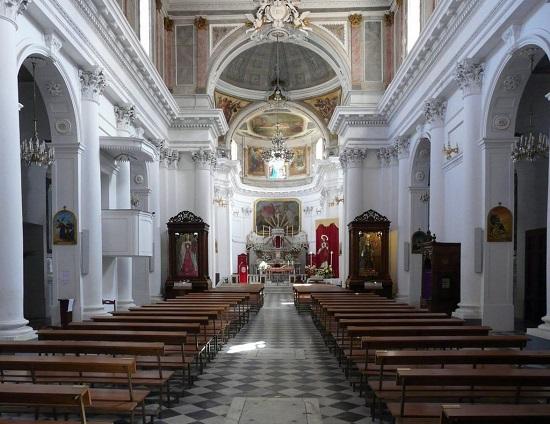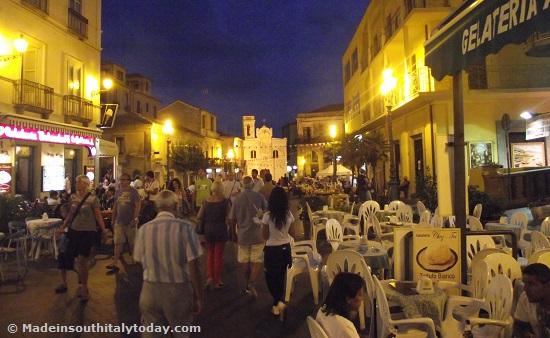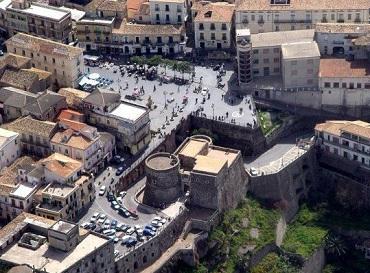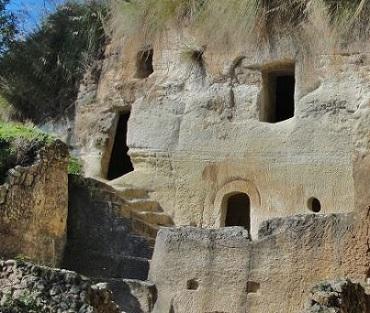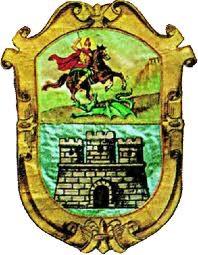 As with many other places in Calabria, Pizzo claims ancient origins. As with many other places in Calabria, Pizzo claims ancient origins.
The town may have been founded by colonists from an unknown site in ancient Magna Grecia, but there is currently no documentary or archeological evidence to support this.
Consequently, the history of Pizzo begins in 1300 when the existence of a community of Basilian monks, a fort, and a fishing village is documented .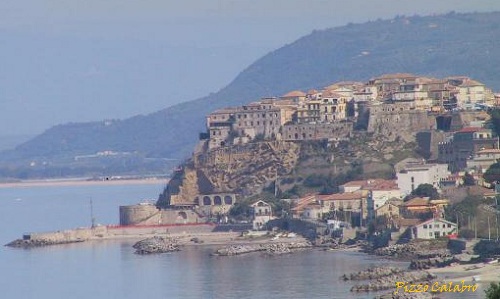 The name Pizzo (translated either as bird's beak or projecting point) fits perfectly with the tuffa promontory that juts out into the sea near the mouth of the river Angitola up to the Marina beach, where you will also find the also the Murat Castle.
The name Pizzo (translated either as bird's beak or projecting point) fits perfectly with the tuffa promontory that juts out into the sea near the mouth of the river Angitola up to the Marina beach, where you will also find the also the Murat Castle.
Pizzo was famous in Bourbon times as a location for the arrival of the mail ship from Naples, and as a place of origin for delicious fish, primarily tuna, fresh or preserved in oil, there is also certain existence of a fort and a town only since 1300, and the existence of a community of Basilian monks, including are traces of ancient fishing activity.
What to see : The main attraction is the Aragonese castle where the deposed king, Gioacchino Murat, was imprisoned and executed after attempting to regain control of the kingdom (Regno delle due Sicilie).
The castle was erected in the second half of the 15th century on behalf of Ferdinando I d' Aragona. The fortification keeps its quadrangular structure unaltered.
Below is the Church of Piedigrotta: (On the small stretch of beach, facing the sea).
Its legend dates back to 1600 when a ship, at the mercy of the waves of a stormy sea, was wrecked on the rocks of the coast of Pizzo; the captain foreseeing the imminence of death, reunited his men in front of a painting of the Madonna of Piedigrotta collecting them in prayer and as the ultimate act of faith, he vowed, in the event of salvation, to erect a church where he touched the coast.

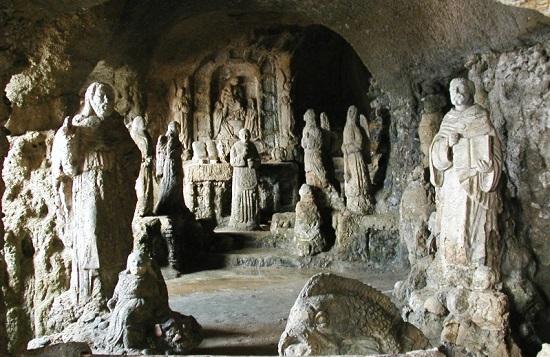 Sundown on the beach
Sundown on the beach
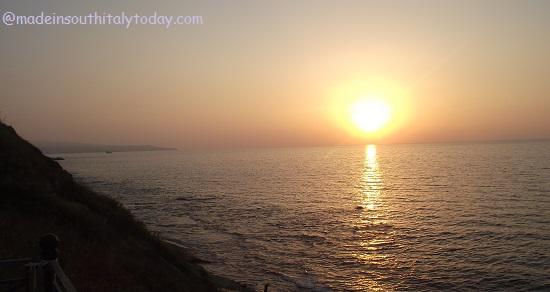 The church has become one of most visited places in Calabria.
The church has become one of most visited places in Calabria.
San Giorgio Church: The church lies at the center of the town.
It is the main church, a baroque building erected in 1632 with a marble portal, sculpted fountain and a statue of Christ of Gian Lorenzo Bernini.
Until the eighteenth century, had two tall towers, which were then cut and shortened for their poor stability and poor resistance to earthquakes. The interior is wide and majestic.
The Church, often severely damaged by earthquakes, was subjected to extensive reconstruction.
Here is the tomb of Joachim Murat.
Below, Piazza Republica where you can relax and enjoy the famous gelato.
|
Official web site WWW
Getting there : To reach Pizzo by car from Rome you can take the A1 Rome-Naples (226 Km) and continue along the A3 motorway Salerno-Reggio Calabria until the exit to Pizzo (Approx 400km) much used to reach the coast of Tropea, Capo Vaticano, hotels, residences villages, and campsite.
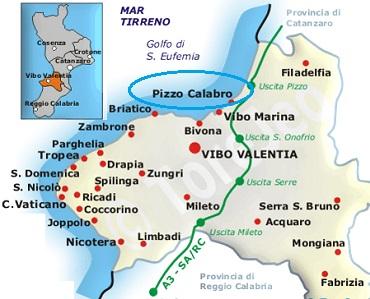 By train : Once arrived in in Calabria there are two train stations that allow you to get to Pizzo: Lamezia Terme and Vibo Valentia-Pizzo. The nearest airport is Lamezia Terme, which is about 25 km from center.
By train : Once arrived in in Calabria there are two train stations that allow you to get to Pizzo: Lamezia Terme and Vibo Valentia-Pizzo. The nearest airport is Lamezia Terme, which is about 25 km from center.
The railway has been in use for a century at least, with the old railway line reaching Tropea, the new station in common use with Vibo Valentia, is located on the mountain, closer inland.
The relative proximity (30 miles) from the airport of Lamezia Terme, makes Pizzo easily accessible from all Italy and Europe.
Pizzo Calabro (Vibo V. province) is one of the coast's most charming little fishing hamlets, sitting on a promontory in the center of St. Eufemia Gulf with coastline that stretches nearly 9 miles.
It is characterized by wide rocky and sandy beaches , sitting in a picturesque position on a coastal slope with outlying houses on the edge of the cliff overlooking the sea.
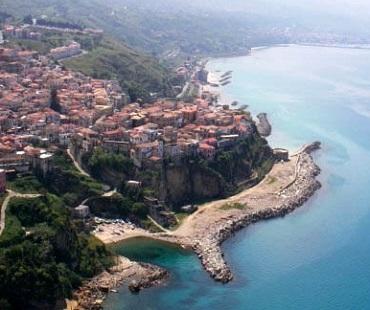

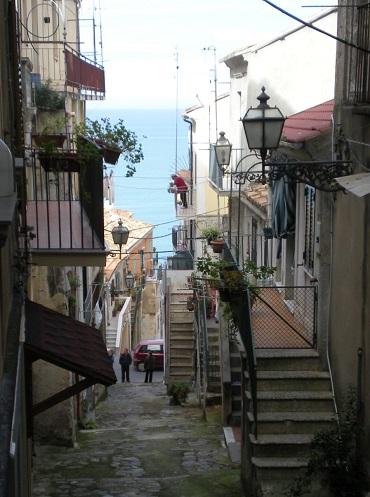
The truffle (tartufo gelato) is one of the flagships of the ice cream of Pizzo and can be enjoyed in the many lively pubs in the piazza (the town square).
The "surici" (mouse) , is a locally caught fish and can be tasted in various restaurants .

Nearby places to visit if you have time.
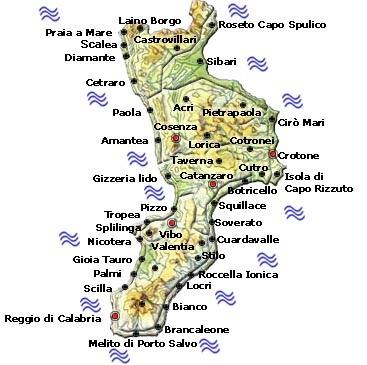
|

